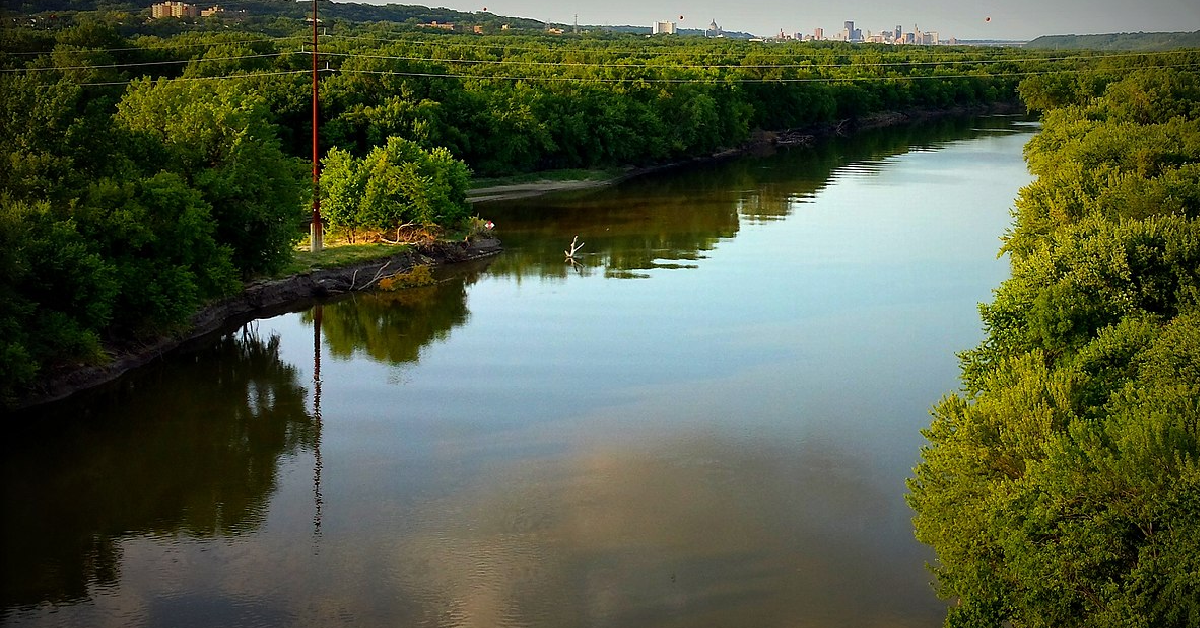Kayakers Discover 8,000-Year-Old Human Skull In Minnesota
The skull was initially thought to be part of a missing person case.
Life is one big adventure, and sometimes, that adventure can lead you on a groundbreaking discovery, like what happened to two Minnesota-based kayakers out on a little adventure of their own.
The two Minnesota residents were enjoying a leisurely day of kayaking when they ended up unearthing an 8,000-year-old human skull!

They first discovered a big portion of the skull back in September by the Minnesota River, during a drought. They gave the skull to the Renville County sheriff’s office, thinking that it could be linked to a missing person’s case.
The skull was turned over to the medical examiner, then later an FBI forensic anthropologist, but no identity was uncovered. Instead, everyone was in for a surprise.
As the sheriff’s office explained to Minnesota news station KEYC News, thanks to carbon-14 dating technology, they were able to determine that the skull was, in fact, 8,000 years old, and most likely belonged to a young man who lived somewhere between 5,500 and 6,000 B.C. Now that is a wild find.

Sheriff Scott Hable shared the FBI report with Minnesota Public Radio, explaining that the male most likely survived on a diet of maize and sorghum. They added that his skull had an impression that was “perhaps suggestive of the cause of death.” It is also believed that the man lived and traveled around the areas that are now present-day Minnesota sometime during the Archaic period in North America.
A professor of anthropology at Minnesota State University, Kathleen Blue, shared with The New York Times that the skull most likely either drifted in the river for thousands of years or was buried close enough to the water that it eventually got carried away.
Blue explained, “There’s probably not that many people at that time wandering around Minnesota 8,000 years ago, because, like I said, the glaciers have only retreated a few thousand years before that. That period, we don’t know much about it.”

An archaeologist at Augustana University, Austin Buhta, an expert on the Archaic era, told the Washington Post that there still isn’t much known on the Archaic era, saying, “There just weren’t as many people on the landscape, and it’s older, so we just don’t find as much evidence.”
But whatever does emerge from the Archaic evidence doesn’t always make it to analysis in the lab, as many archaeologists are trying to respect the wishes of local Native American tribes concerning ancestral remains. In addition, in Minnesota, there is the Private Cemeteries Act which makes it a felony to disturb a burial ground. But because when the skull was found it was thought to be a part of a potential homicide, it got sent off for analysis. Now that it has been discovered and found to not be a recent murder victim, the skull will most likely be returned to the local Native American tribes for burial.
SKM: below-content placeholderWhizzco for DOT

